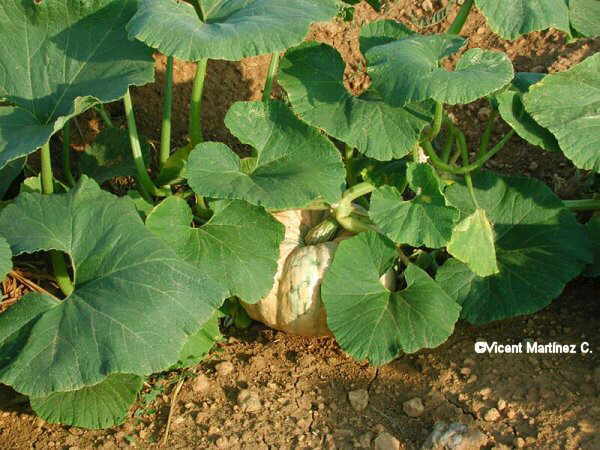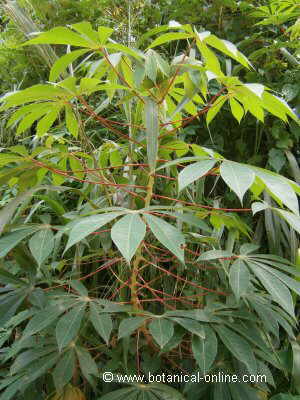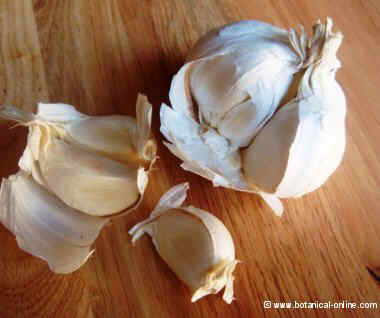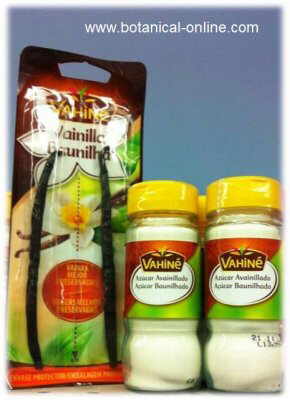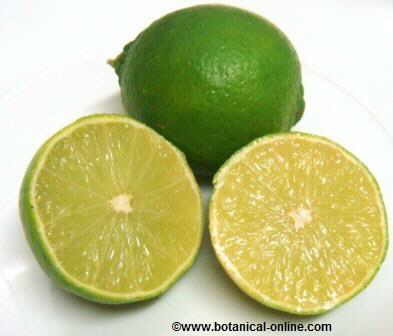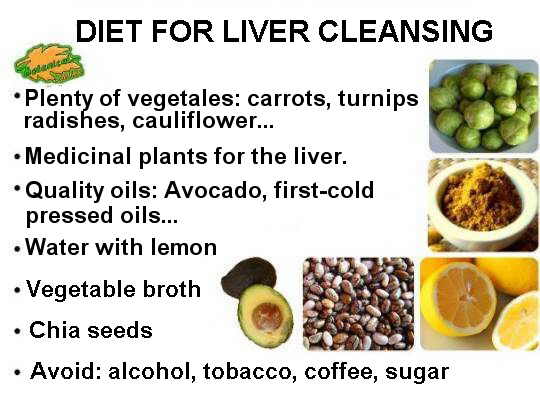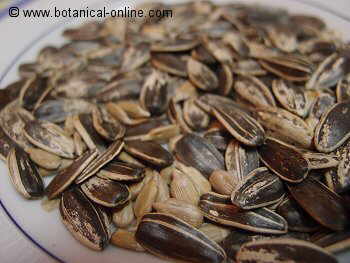Contents
Sour orange tree
PHOTOS OF SOUR ORANGE TREE
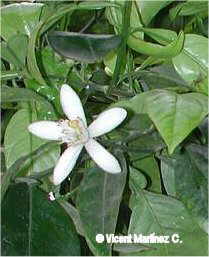
Citrus aurantium flower
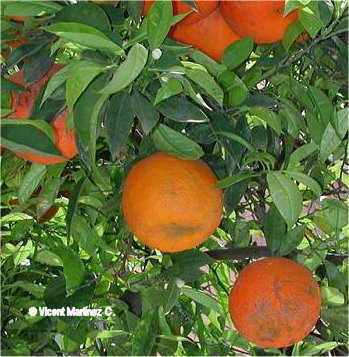
Citrus aurantium fruits
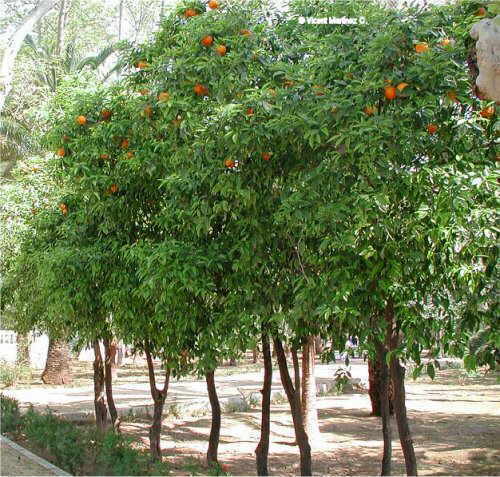
Citrus aurantium tree aspect
Citrus aurantium L. – (Sour orange tree)
Perennial tree of Rue family – Rutaceae – up to 10 m., with a very round cup. Prickly stems. Coriaceous leaves, elliptical with a narrow winged stem. White flowers, very scented, with 5 petals and numerous stamens, bigger than in Citrus sinensis. The fruit is a hesperidium with quite enough smooth rind and a sour taste. Native from South east of Asia, it was first cultivated in China and it can be found as an ornamental tree in parks and gardens of the Mediterranean countries.
Its fruit, the bitter orange, is used because its medicinal properties as a digestive to fight atony, avoid vomiting and as a light laxative. Being very rich in vitamin C, it has got depurative properties for blood. It has been used to melt kidney stones. In cookery it is used to make marmalades, with a peculiar taste.
Other varieties of Citrus
– Citrus sinensis L. – (Orange tree):
With a smother rind and sweeter pulp. The flower is smaller and leaves are not sot widely elliptical.
– Citrus limon (L.) Burm – (Lemon tree):
With flowers white inside but with rosy ends and fruit (see photo) having a thick rind, bright yellow when fully ripe. With one side ending in a nipple. It probably comes from species “Citrus medica L.”
– Citrus medica L. – (Citron):
Similar to the lemon tree but with bigger fruits, more rounded and with a thicker rind. It’s got bitterer juice. It generally reaches up to 5 meters tall. Native from Asia, it is cultivated in the Mediterranean..
– Citrus paradisi Macfaydyen in Hooker – (Grapefruit):
Till 8 meters tall. It’s got bigger flowers and rounder fruits (see photo). Very thick rind. Native from China, it is cultivated in the warm climate countries, specially the Mediterranean ones.
– Citrus delicious Ten – (Tangerine):
Till 8 meters tall., much less rounded that the rest. Narrow leaves and fruits (see photo) flattened with the rind that is easily removed from the flesh, which is sweeter than the other species of Citrus
See photograph of the fruits altogether for comparison
![]() More information about other citrus.
More information about other citrus.

